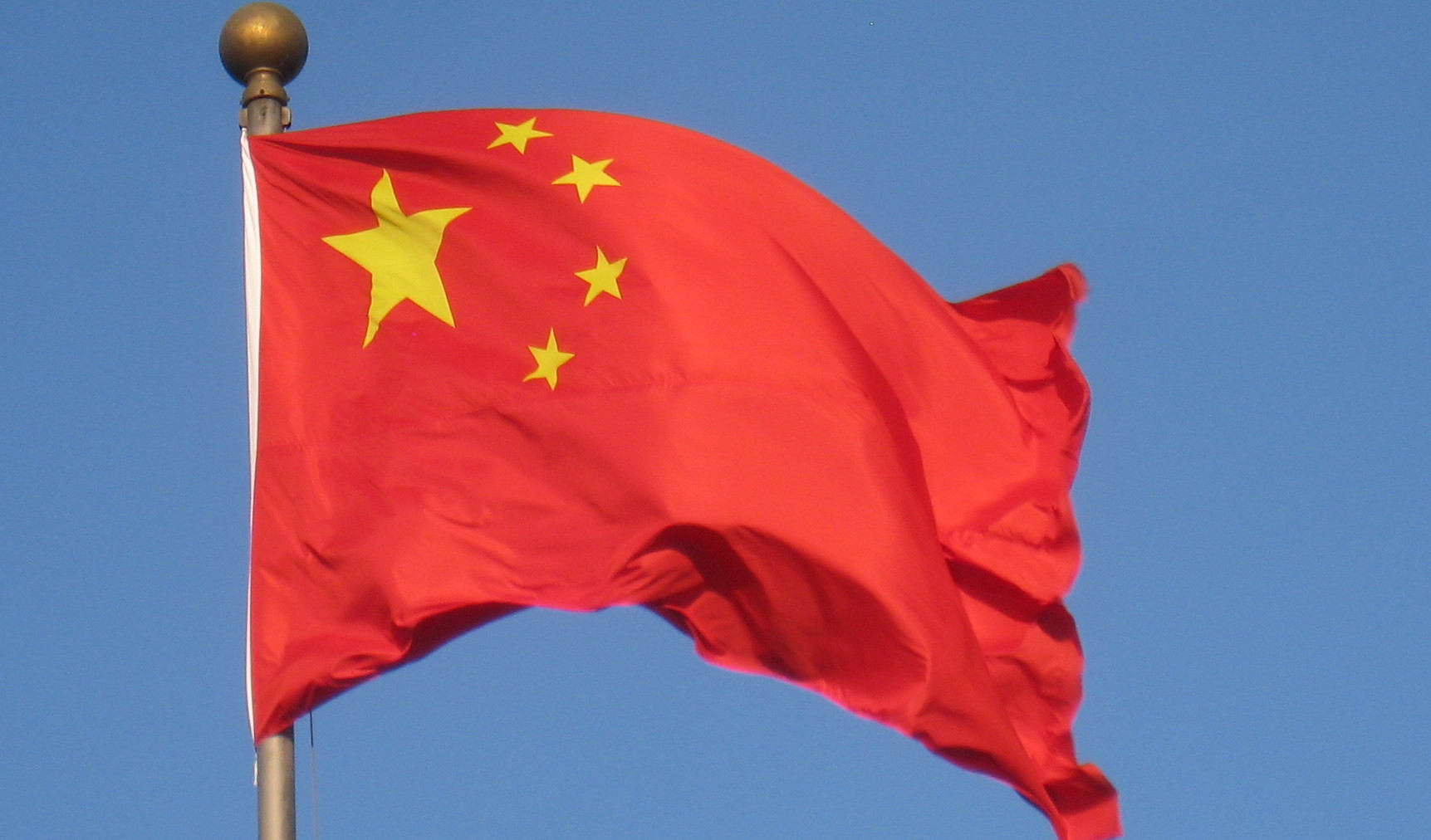The lavish spending habits of China’s new rich are more often than not a subject of lighthearted ridicule. Gold-plated Lamborghinis and tiger-penis aphrodisiacs are among the luxuries that are in high demand by the country’s new billionaires, according to media reports that compare them to the nouveau riche of 19th-century America and Bubble Economy-era Japan. What the amused but oblivious tone of these reports fails to capture are the more serious implications that China’s nouveau riche poses for the country. President Xi Jinping has launched a campaign to purge Chinese leadership of corruption in the form of bribes and other favors. With the Bo Xilai trial, the Xi administration is making (or at least attempting) big strides in its anti-corruption crusade, but it seems to be no match against nouveau riche billionaires.
The idea that a large class of mega-rich business tycoons and a communist state can and do coexist is new to China and quite perplexing, as the very concept of “nouveau riche” originates from the economic liberalization characteristic of capitalistic societies. Despite the oddity of this emerging group, the class of self-made moguls is rising and expanding at an amazingly rapid rate. The Hurun Report reports that as of September 2013, there are 315 billionaires in China—there were 251 just last year and zero a decade ago. Most of them are young IT and real estate tycoons, and China has an additional 2.7 million millionaires. It’s an impressive number of wealthy individuals, even for a country with well over a billion people. Moreover, as China slowly becomes more receptive to the quintessentially American idea of a self-made, “rags-to-riches”-type man, members of China’s nouveau riche are becoming less and less afraid to hide their wealth. At least within the elite, the general consensus regarding wealth seems to be: if you’ve got it, flaunt it.
But custom-made cars and diamond-studded jewelry aren’t the only things that China’s new rich are able to afford. For those who have it and know the right people, it’s still too easy to use wealth to curry favors with everyone from government bureaucrats and high-ranking Politburo officials all the way down to school admissions officers. Bribery in children’s education is particularly rampant. Parents pay bribes of up to $16,000 to enroll their children in elite schools. Once they’re in, the parents shower their children’s teachers with extravagant gifts, all in the hopes of securing better prospects for their futures. “If everyone is playing the game, how can I refuse?” one such parent told the Washington Post.
Both parents’ and educators’ indifferent reactions to the issue of bribery in schools reflect the country’s passive acceptance of corruption—the government tolerates it, making it a low-risk option for circumventing common problems. But persisting domestic concerns about an irreconcilably large and expanding income gap imply that there is a growing consensus that the state needs to prioritize dealing with corruption. Half the respondents to a 2012 survey said corrupt officials are a big problem and 32 percent said the same about corrupt businessmen, both numbers 11 percentage points higher than they were in 2008.
Consequently, even the state’s feeblest attempt at combating corruption is welcomed with open arms. But the new administration’s commitment to facing the problem is not yet necessarily a cause for celebration. Even in its early stages, the campaign seems superficial and demonstrates signs of future ineffectiveness. This is hardly the government’s first anti-corruption campaign, as similar efforts have been made since as early as 2004.
The arrests of former politicians Bo and Liu Zhijun are appreciated, but in a country whose state system is so deeply ingrained with corruption, more sincere and less ostentatious methods are needed for a sustained, effective campaign to clamp down on it. Only pursuing such high-profile cases is equivalent to focusing on the symptom, rather than cause, of the malaise. Past attempts have been ineffective due to poor enforcement of anti-corruption laws. The lack of transparency in investigation procedures of the Central Commission of Discipline Inspection also plague anti-corruption efforts. We don’t exactly know how the commission punishes corrupt government officials, but we do know that it is ineffective, as the likelihood that a corrupt official is convicted is less than 3 percent. Consequences for offering bribes to government officials are just as unclear as they are for soliciting money from wealthy businessmen.

Globally, large-scale anti-corruption measures tend to be ineffective, but that doesn’t mean that there aren’t a few success stories. Bolivia was able to reduce corruption in its national tax administration through a plan that was implemented over several years in modules. The result was a significant decrease in tax evasions. In Sierra Leone, the current president launched a successful anti-corruption campaign that, by expanding the central anti-corruption commission’s investigatory and prosecutorial powers, recovered about $1.2 million worth of stolen assets. There are a few important points that China can take away from the Bolivian and Sierra Leonean success stories. First, that campaigns against opacity in government must themselves utilize transparent procedures. Second, that far-reaching institutional reforms, in a bottom-up style approach, are crucial to the success of anti-corruption measures. And lastly, that sustainable success is more likely in cases in which anti-corruption plans are implemented incrementally over an extended period of time.
Government officials accused of corruption or soliciting bribes are now attracting much attention, and this is highly encouraging. Attention, however, is not enough if the shroud of cronyism and corruption that currently hangs over China is to be permanently dispelled. In the pursuit of this aim, the government should look to external examples of success and consistent internal milestones. Ultimately, progress realized quickly will also disappear quickly. Only time and an unwavering commitment to this goal will yield the desired result.
